Quote: Originally posted by Oscilllator  | | Numos wouldn't it be unsafe to store disulfur dichloride for long periods of time? I thought that it decomposed to disulfur dichloride and chlorine
gas, building up pressure until the vessel explodes. Or is an equilibrium formed at a low enough pressure to be safe? |
Actualy, he's storing Sulfur Dichloride, not Disulfur Dichloride. Sulfur Dichloride looses chlorine over time. However, in an ampoule, there will be a
slight higher pressure than 1atm, because of chlorine formation. However, like you said, the equilibrium is quickly reached and no pressure build up
actualy happens. The decomposition of Sulfur Dichloride may be reduced by placing it in an ampoule that had been previously filled with chlorine gas.
|




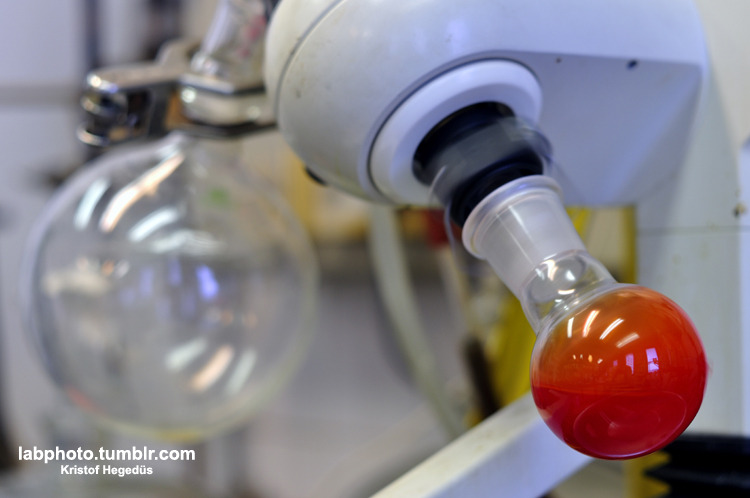
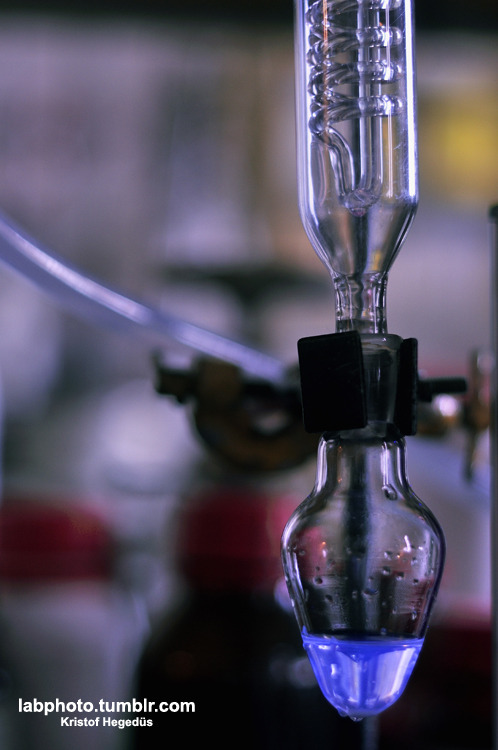














 *stares mournfully at vapors
*stares mournfully at vapors *
*






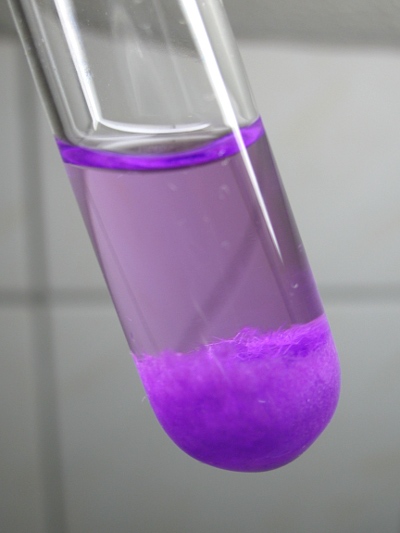


 (Innocent smile....)
(Innocent smile....)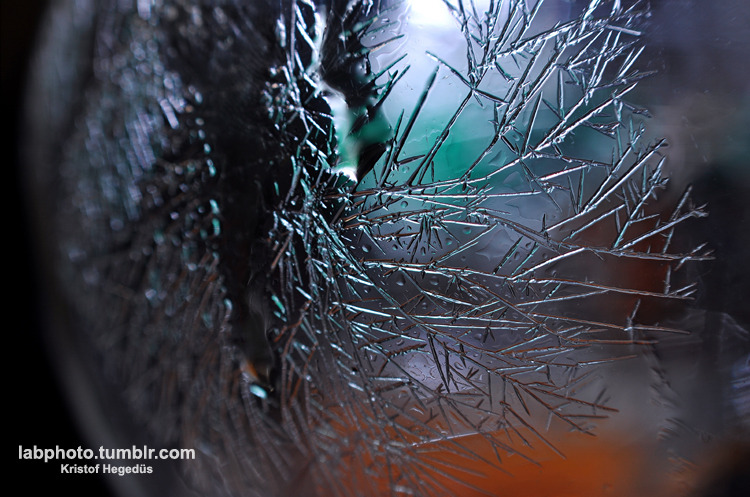
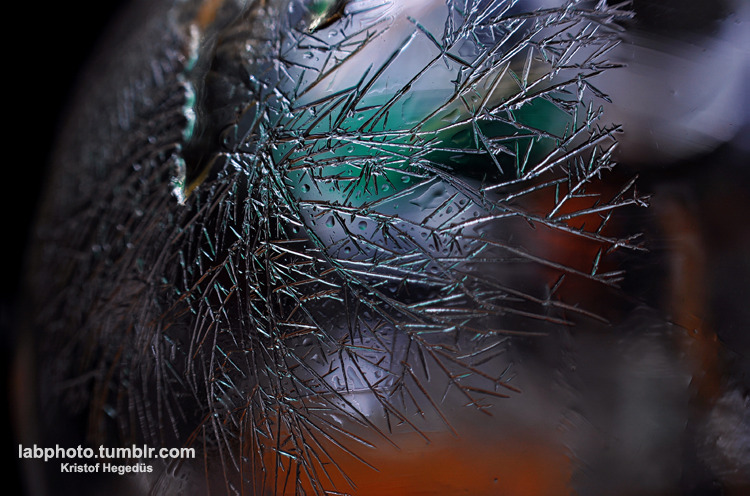







 )
)





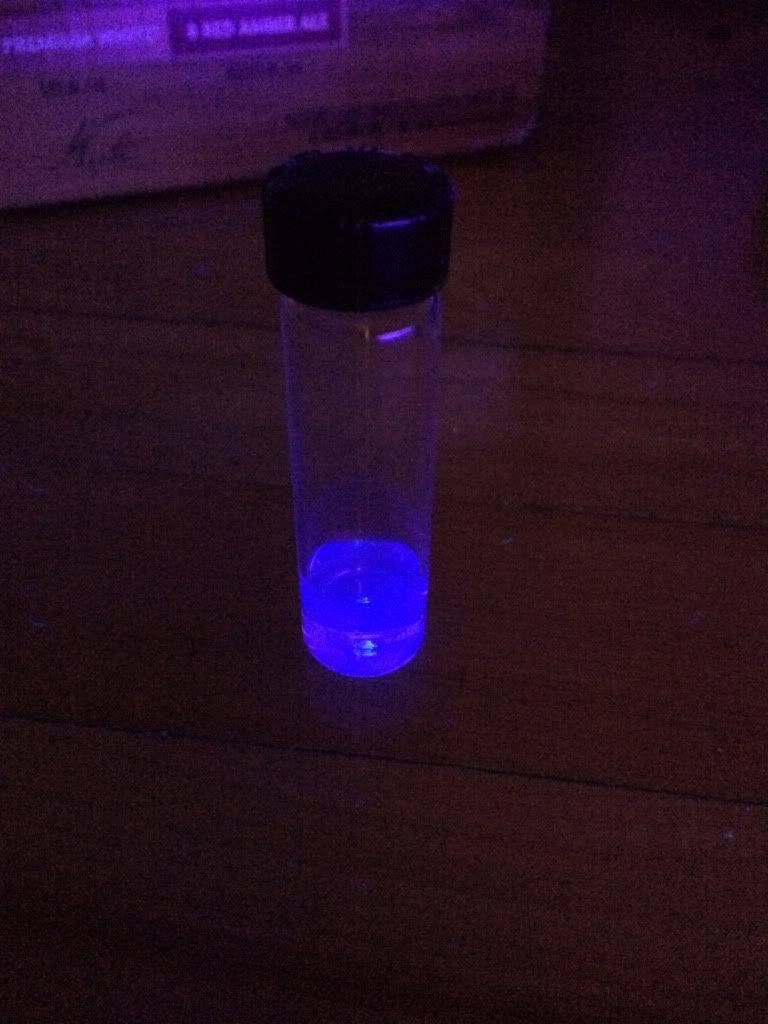
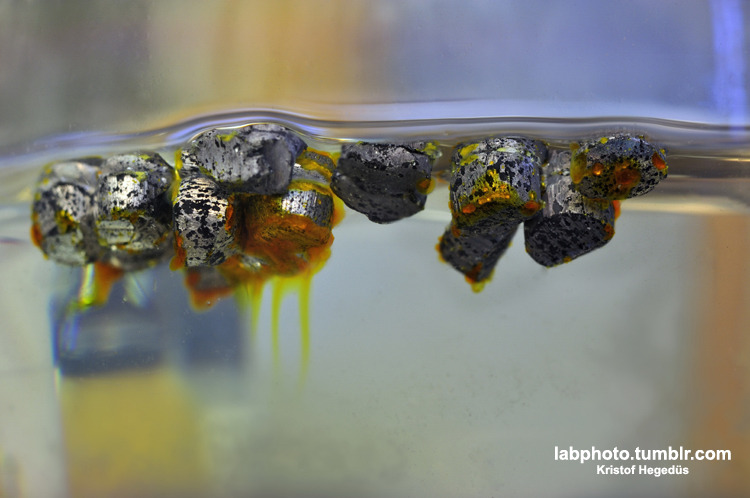


 ?
?




 but hey, common it is used a lot on internet too !
but hey, common it is used a lot on internet too !

